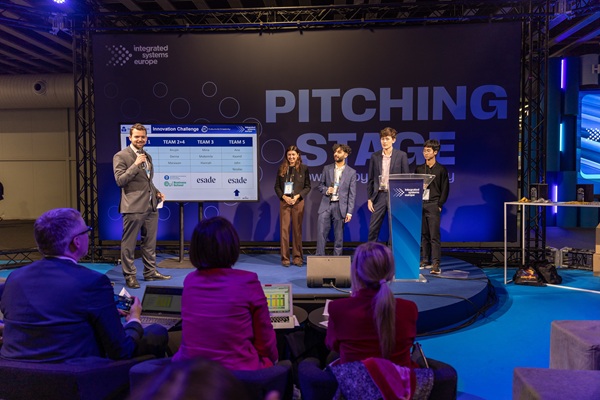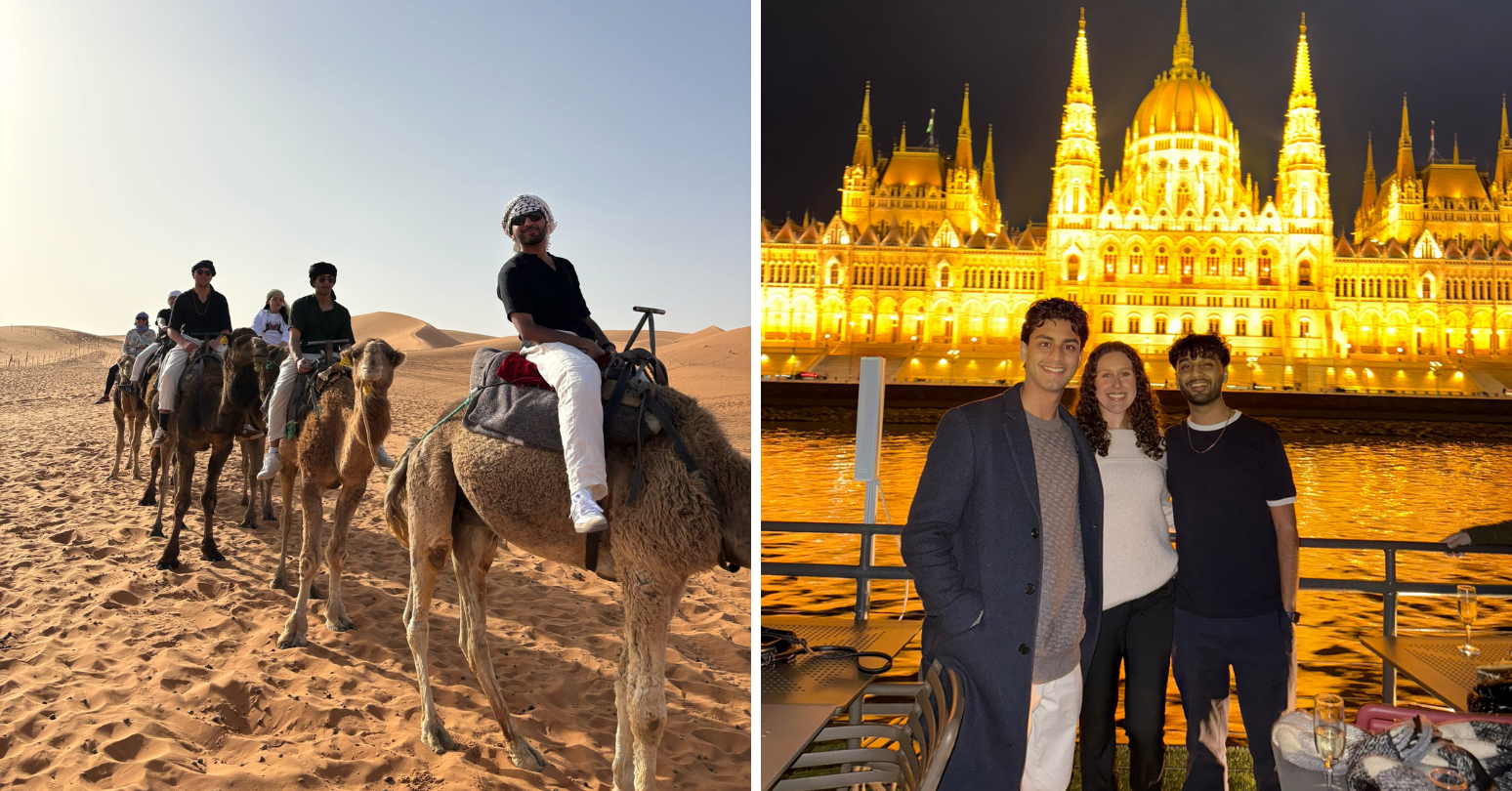Kaamil Quidwai, HBA ’25, recently completed a semester on exchange at ESADE (Escola Superior d'Administració i Direcció d'Empreses) in Barcelona, Spain through the HBA Exchange Program. In his blog below, he writes about what he learned from the experience, including the value of stepping out of your comfort zone, immersing yourself in the local language and culture, and embracing new challenges.
The exchange before the exchange: Preparing for Barcelona
Beyond Barcelona’s football team, FC Barcelona, I knew almost nothing about Spain. In the months leading up to my exchange semester, I kept asking myself questions like, “How will I live there for four months?” or “Should I just wait and travel Europe after I graduate instead?”
If you're feeling the same way, here’s my honest advice: go. Take the leap. Looking back, it’s hard to believe how uneasy I was beforehand, because going on exchange ended up being one of the best experiences of my life. And the truth is, you won’t fully understand what it means until you actually do it.
I now tell my friends and family there’s a big difference between travelling to Europe and living in Europe. When you travel, you plan everything: your route, your days, your return. But on exchange, the experience unfolds in real time. You have to make decisions on the fly and learn to embrace the unknown. It's a skill I know will stay with me, especially as I move forward in my career.
Learning what came after "Hola (Hello)"
Despite all my research on Barcelona and Spain, one of the first surprises was how limited the use of English really was. Luckily, ESADE, my exchange school, offered a Spanish Intensive Course to get us started. We were put to the test by visiting local coffee shops and restaurants where we could only speak Spanish. While these visits got my foot in the door, I wanted to take it further and have more fluent conversations. So, I set a goal for myself: whenever I was out and about, I would only speak Spanish. I used Google Translate to get through day-to-day interactions and found taxi rides particularly helpful, as they allowed me to have short, but real conversations. Over time, I began to recognize patterns and recall useful phrases, which made each interaction easier. Eventually, I stopped needing my phone altogether.
Another course I took at ESADE was Art & Culture in Spain, which explored Spanish history and identity. To be honest, I was never a big fan of history growing up. But something about learning in the very place you’re studying brings it all to life. From Gaudí’s Sagrada Familia to something as simple as the CaixaBank logo, I started noticing and appreciating the meaning behind what I was seeing. It made me feel more connected to where I was and excited to share those stories with friends and family when they came to visit. You don’t get that kind of connection when you’re just travelling through Europe – it’s something only living there can give you.
The power of saying, “Yes”
At the end of our final Art & Culture in Spain class, a spokesperson from ESADE stopped by to ask if anyone was interested in joining the inaugural Integrated Systems Europe (ISE) Hackathon. ISE is one of the world’s largest exhibitions for audiovisual (AV) and systems integration, held annually in Barcelona. The 24-hour challenge was to create a solution using AV technology to enhance the impact of circularity in fashion, in line with the European Union’s broader sustainability vision.
I was intrigued, but I had two exams the following day. People don’t usually go on exchange to take on more work, and I was definitely in my head about whether it was worth the added stress. I looked over at Ana Baltenau, also HBA '25, and we both said, “Let’s just do it.” We teamed up with students from Wharton and the Singapore Institute of Technology and dove in. Throughout the day, CEOs and entrepreneurs from across Europe mentored us every hour. We thought our idea was too intricate, but one mentor reminded us that bold ideas should feel risky, and that believing in your solution is half the battle.
That mindset shift, coupled with what I’d learned in the Corporations & Society: Business Strategy & Sustainability course at Ivey, helped us frame the challenge using a systems-thinking approach. It was a key step in building a strong solution the judges recognized.
Balancing two exams and a pitch in 24 hours felt like its own kind of hackathon. But if I learned anything that day, it’s to just say yes. You never know what might come of it. For me, it meant a deeper understanding of the European economy, the power of collaborating with a global team, and the confidence to turn an idea into action.

Kaamil Quidwai and Ana Baltenau making the pitch at the ISE Hackathon
Thirteen countries, one community
Thirteen countries later, I’ve returned to Canada more open-minded and with a much better understanding of myself. What really stuck with me from this experience is how social life in Europe isn’t something that comes second to work – it’s equally prioritized. People make time for each other, and more importantly, for themselves. Coming from Canada, where the “grind” can easily take over, it was a powerful reminder of how important it is to slow down and invest in the people around you. That’s something I’ll carry with me long term.

L-r: Embarking on a camel trek across the sands of the Sahara Desert in Morocco; Kaamil Quidwai, Ahmad Devji, and Yasmeena Sedhom (HBA ’25), all on exchange, reunite in Budapest and pose in front of the Hungarian Parliament Building



